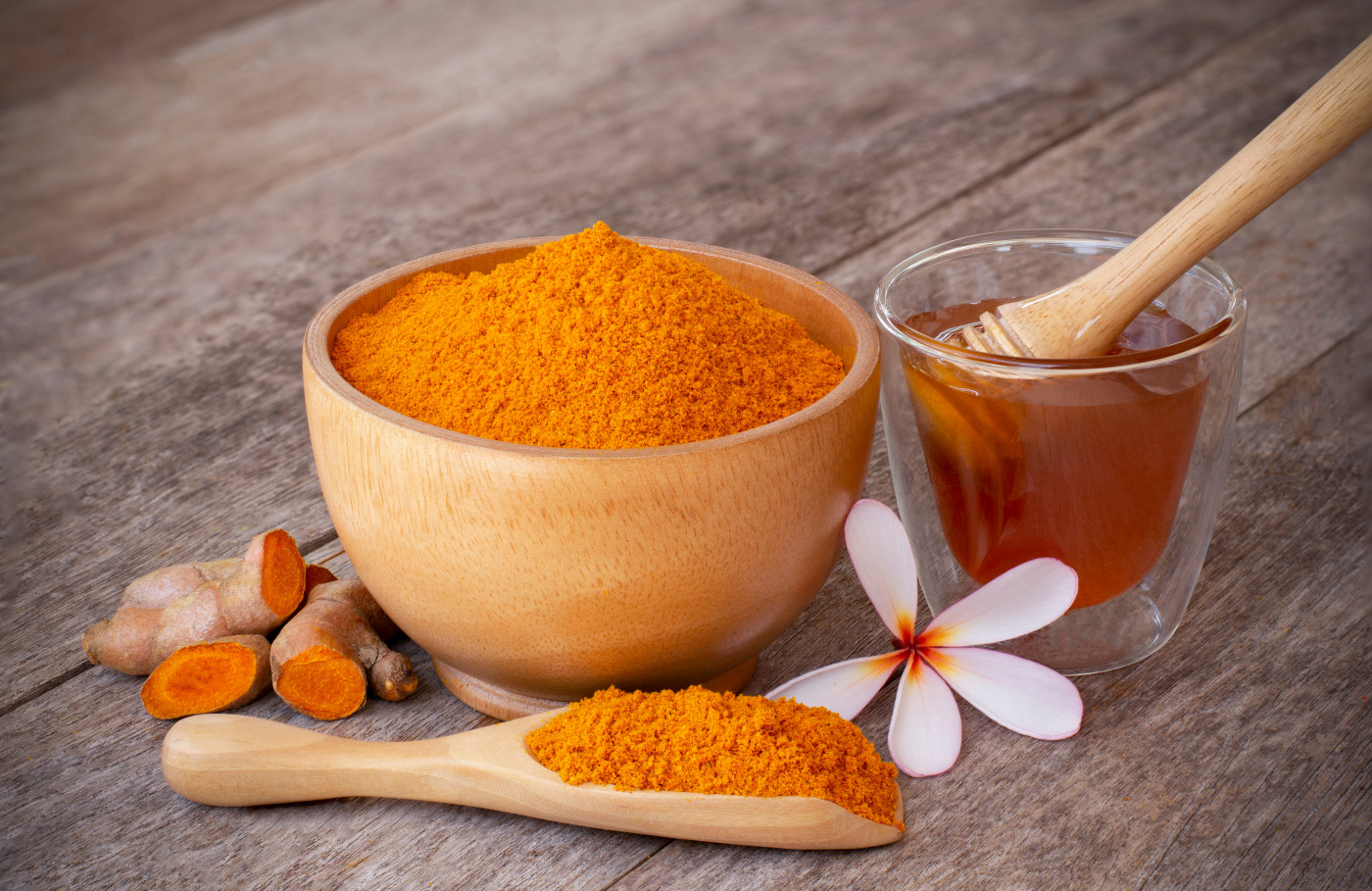Curcumin Particles Show Potential to Ease Symptoms in CMT1A Rat Model
Written by |

A new formulation of an antioxidant called curcumin may be effective in alleviating the symptoms of Charcot-Marie-Tooth type 1A (CMT1A) disease, a rat study suggests.
The formulation was seen to lower oxidative stress and promote nerve cell myelination in a CMT1A rat model, ultimately leading to better sensory and motor function.
The study, “Curcumin–cyclodextrin/cellulose Nanocrystals Improve the Phenotype of CharcotMarie-Tooth-1A Transgenic Rats Through the Reduction of Oxidative Stress,” was published in the journal Free Radical Biology and Medicine.
The loss of myelin, a fatty substance that surrounds nerve cells like a sheath for the efficient transmission of electrical signals, is the main cause of motor deficits seen in some types of CMT, including CMT1A, the most common form of the disease.
CMT1A is caused by a duplication of the PMP22 gene, which provides instructions for making a protein called peripheral myelin protein 22 (PMP22).
PMP22 is needed to form myelin, but too much of this protein impairs its proper processing and disrupts the structure and function of the myelin sheath. This results in less efficient nerve cell communication and poor muscle function.
CMT1A patients have been shown to have higher levels of oxidative stress, an imbalance in the body’s production of free radicals and its ability to counteract their harmful effects. Antioxidants can help to restore this balance and thus could potentially alleviate symptoms of the disease.
Curcumin, a compound found in turmeric root, is a strong antioxidant that is widely available at a low cost. Its antioxidant effects appear to result from its ability to increase Nrf2 — a protein that increases the amount of antioxidant enzymes in the cell.
Curcumin has been effective in promoting nerve repair and enhancing myelin production, but its original form is rapidly degraded, difficult to absorb, and rapidly eliminated from the body, limiting its use.
To overcome these issues, researchers at the University of Limoges and University Hospital of Limoges in France created cellulose nanocrystals — tiny, non-toxic particles — that carried curcumin into cells.
Called Nano-Cur, these particles effectively carried curcumin to myelin-producing cells — or Schwann cells — grown in the lab and to those in live animals. In animals, Nano-Cur strongly improved the availability of curcumin, helping it reach significantly higher plasma levels soon after injection and extending the time it stayed available in the blood, compared with free curcumin.
When Nano-Cur particles were used in cultured Schwann cells, the researchers observed a significant decrease in the levels of harmful oxidative molecules in cells derived from CMT1A rats. After the treatment, both total and mitochondrial levels of these molecules were lowered to normal levels.
The treatment also improved the membrane potential of the mitochondria, which is needed for it to function efficiently. Mitochondria are organelles involved in cell energy production.
Moreover, Nano-Cur treatment also increased myelin production in Schwann cells when these cells were cultured with nerve cells. This finding suggests that Nano-Cur helps Schwann cells produce myelin, potentially reversing the symptoms of CMT.
To further examine this, the team tested the particles in 1-month-old male CMT1A rats, which normally have poor balance and muscle strength, and lose sensation over time.
The Nano-cur treatment reduced the loss of grip strength in these animals, and improved their balance and ability to detect temperature changes, all of which suggest that Nano-cur may be able to ease CMT1A symptoms.
Furthermore, the speed at which signals are relayed through the nervous system, or sensory and motor nerve conduction, were significantly improved in the Nano-Cur-treated animals.
An examination of the rats’ nerves showed that the Nano-cur treatment helped restore the thickness of nerve fibers and of the myelin sheath surrounding those fibers. Proteins associated with myelin — myelin protein zero and functional PMP22 — were also increased in the Nano-Cur-treated groups, suggesting that it limits myelin degradation.
In the sciatic nerve — which sends information to leg muscles — Nano-Cur limited oxidative stress and increased the production of enzymes that protect cells. As seen in prior curcumin studies, Nano-Cur treatment helped cells make Nrf2, a major regulator of antioxidant proteins.
“Significant improvements were observed at the cellular, histological, electrophysiological, and functional levels,” the scientists wrote. “Our results support the concept that Nano-Cur holds promise as a potential treatment for peripheral neuropathies.”




